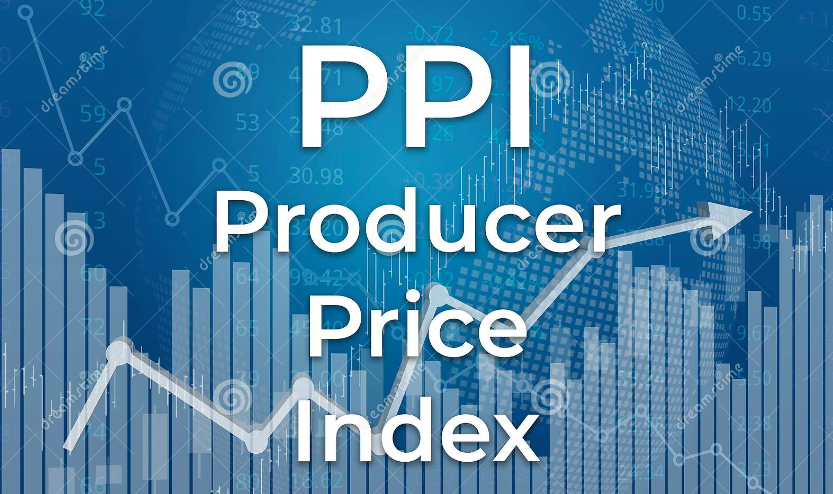MarketWatch
The numbers: U.S. wholesale prices jumped 0.7% in January to mark the biggest gain since last summer, offering further proof that inflation is sticky and unlikely to decline rapidly.
Economists polled by The Wall Street Journal had forecast a 0.4% increase.
The stronger-than-expected reading — the biggest since last June — dented U.S. stocks in premarket trades and sent yields on the 10-year Treasury note higher.
The increase in wholesale prices over the past 12 months, meanwhile, slowed to 6% from 6.5% in the prior month. That’s still three times higher than the Fed’s target for overall inflation, however.
A separate measure of wholesale prices that strips out volatile food and energy costs climbed a sharp 0.6% last month, the government said Wednesday. That was the largest increase in 10 months.
The increase in these so-called core prices over the past year eased to 4.5% from was 4.7%.
Key details: The wholesale cost of goods leaped 1.2% last monthly largely because of higher oil prices. Prices have retreated in February, however.
In a bit of good news, the wholesale cost of food fell 1% to mark the second large decline in a row. Food prices also dropped 1% in December.
Grocery prices had surged in the past year and a half to put a bigger strain on household budgets.
The cost of services rose a smaller 0.4% for the second month in a row.
Service inflation has risen sharply in the past year and is harder to reverse, making it a particularly big worry for the Federal Reserve
Inflation further down the pipeline offered some hopeful signals.
The wholesale cost of partly finished goods increased 1%, breaking a string of six straight declines, but it was mostly energy related.
The more volatile cost of raw materials sank 5% — the fourth decline in the past five months.
The PPI report captures what companies pay for supplies such as fuel, metals, lumber, packaging and so forth. These costs are often passed on to customers at the retail level and give an idea of whether inflation is rising or falling.
Big picture: U.S. inflation has ebbed after reaching a 40-year peak last summer. Yet as the consumer price index showed earlier this week, it’s still stubbornly high and unlikely to subside quickly.
Persistent inflation has forced the Federal Reserve to jack up interest rates to try bring prices under control, but the strategy also raises the risk of a recession in 2023. Higher borrowing costs depress consumer and business spending.
Looking ahead: “Both inflation readings this week point to the stickiness of inflation and that the fight isn’t over,” said Mike Loewengart, head of model portfolio construction Morgan Stanley Global Investment.
“Bottom line is investors should recognize inflation may not return to normal levels as quick as many hope, and with that may come more market volatility.”














